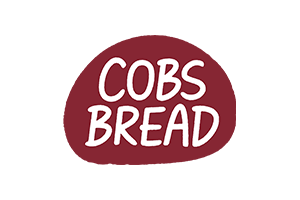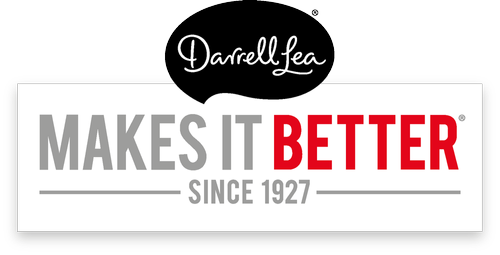On Tuesday we saw a requested update from the Department of Labor regarding H-1B visas in a move to “protect American workers”. The reforms to these rules would affect those on H-1Bs and will also have potential impacts on E-3 visas as well as other work visas and admission in the United States.
As always, I need to flag that I am not an immigration attorney, and this is not legal advice, I have listed some immigration attorneys for personal legal advice at the bottom of this article and I highly recommend you contact them for advice.
What we know so far.
From DHS (the Department of Homeland Security). This will have a 60-day delayed effect and a 30-day comment period:
The new rule will:
- Narrow the definition of “specialty occupation” as Congress intended by closing the overbroad definition that allowed companies to game the system;
- From Jonathan Grode and his team at Green and Spiegel: “What this means for Australians: When in effect, it might be harder to get E-3s issued because the position will definitively need a degree in a specific field.”
- Require companies to make “real” offers to “real employees,” by closing loopholes and preventing the displacement of the American worker; and,
- From Jonathan Grode and his team at Green and Spiegel: “What this means for Australians: It will be more difficult to do work for third parties and at clients sites.”
- Enhance DHS’s ability to enforce compliance through worksite inspections and monitor compliance before, during, and after an H1-B petition is approved.
- From Jonathan Grode and his team at Green and Spiegel: “What this means for Australians: ICE will do more compliance reviews requiring employers to maintain better compliance files.”
From DoL (the Department of Labor). This will come into reality on October 8:
The primary purpose of these changes is to update the computation of prevailing wage levels under the existing four-tier wage structure to better reflect the actual wages earned by U.S. workers similarly employed to foreign workers. This update will allow DOL to more effectively ensure that the employment of immigrant and nonimmigrant workers admitted or otherwise provided status through the above- referenced programs does not adversely affect the wages and job opportunities of U.S. workers.
So what does this translate to for H1B and E3 visas?
For H-1B visas there may also be implications to which roles qualify as specialty, and which employers are qualified to do these jobs.
For H-1B and E-3 visas the changes relate to the “prevailing wage” calculations.
Overall, if this rule does get pushed through, it will tighten up exactly what is required for you to get a working visa in the United States.
Updates to the prevailing wage
There are four tiers of prevailing wage. Each job type that you can apply for under a work visa has four different levels of income. Level 1 is the lowest and Level 4 is the highest. The level implies concepts of seniority, management, and/or leadership associated with higher-paying jobs.
To date, those 4 levels have been set at:
- 17th percentile (i.e. 17% of people earn less than Level 1 in that job in your area and location);
- 34th percentile;
- 50th percentile (half earn more than you, half earn less – the “median”); and
- 67th percentile.
With these changes, those 4 brackets move up to:
- Level 1 = 45th percentile (i.e. 45% of people earn less than Level 1, which means that your pay is higher);
- Level 2 = 62nd percentile;
- Level 3 = 78th percentile; and
- Levle 4 = 95th percentile.
In short: This will mean that to qualify for an E3 visa and meet the required “prevailing wage” for an LCA, you will need to earn more money.
From Jonathan Grode and his team at Green and Spiegel:
“LCAs filed on or after October 8 will be subject to the new and higher wage minimums. LCAs filed and pending before October 8 will be reviewed under the current prevailing wage structure.
What this means for Australians: get your LCAs lodged before the rule becomes effective and consider using alternative wage surveys thereafter.”
Tara Gray from Law Office of Tara Gray adds:
“The increase in prevailing wage alone could be enough to deter potential employers from sponsorship. Immigration lawyers are expecting a last minute scramble from clients today to get Labor Conditions Applications and Prevailing Wage Determinations filed before the new rule takes effect on October 08,2020. However, it is most likely that the new rule will be challenged since it was issued without notice.”
What's next?
I will keep reading and will arrange to speak to lawyers in the coming days and report back more. Please leave your comments, and questions below, or send an email to [email protected].
Lawyers you can speak to
These are three lawyers who I trust to give you good advice. They are professionals in this space.
Doug Lightman – Lightman Law Firm
Zjantelle Cammisa Markel – Cammisa Markel
Tara Gray – Law Office of Tara Gray















